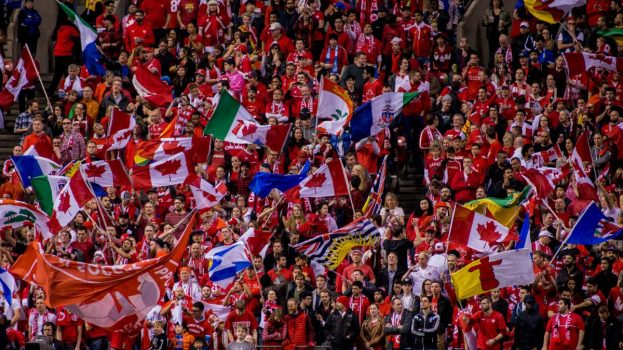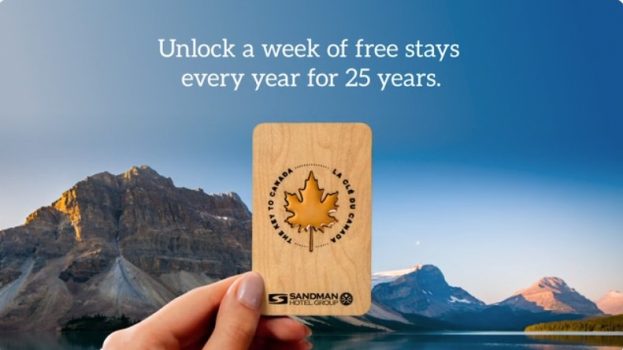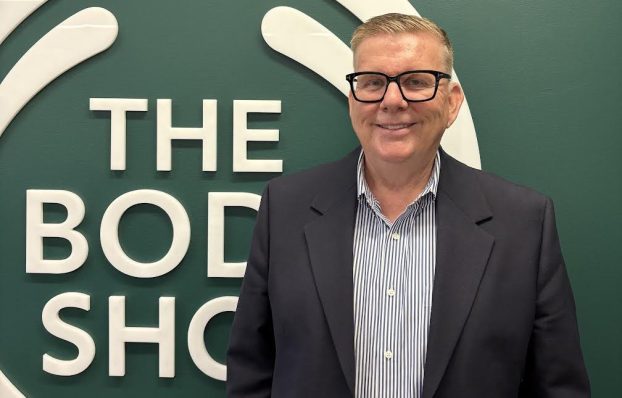Canadians are paying more attention to rewards programs of all stripes, which is presenting both opportunities and challenges for retailers.
That’s according to the latest data from Caddle, which surveyed 2,200 shoppers this spring.
The insights firm found that, thanks to a hyper-inflationary environment, 48% of Canadians are paying more attention to loyalty programs than they used to, while 41% say they’re “extremely important.” The primary value is cash back (47%), followed by points that can be redeemed for cash (35%), and then grocery rewards (33%).
PC Optimum is by far the most popular loyalty program, used by nine in 10 Canadians, trailed significantly by Canadian Tire’s Triangle Rewards, which is used by 52%, followed by Air Miles (49%) and Scene+ (46%). In addition, 64% of Canadians use rewards programs led by their financial institutions, while 51% of shoppers are part of a membership program, like Costco (78%) and Amazon Prime (34%).
During Caddle’s latest loyalty webinar, Mike McDowell, VP of loyalty programs and partnerships at gas retailer Parkland, said the increased interest in – and scrutiny of – such programs means there is a lot of pressure on brands to deliver.
People are considering whether a program is serving their needs and offering value, McDowell noted, saying that with some programs, people are earning, but there is minimal attention and engagement, which is a lost opportunity.
According to Caddle, 51% of respondents report loyalty plays a key role in terms of choosing where to shop, and 54% of respondents would shop less frequently at a retailer that gutted its loyalty program. Around one quarter of shoppers would only shop a retailer that doesn’t have a loyalty program when necessary, or cease to do so altogether.
As consumers get more savvy, they have a better understanding redemption opportunities, as well as offers they are getting. Pricing, offers and loyalty are almost one and the same in the consumer’s mind, McDowell pointed out.
The survey found that the major loyalty pain point is special offers that aren’t enticing enough (39%), followed by geographical restrictions (27%) and too many redemption restrictions (26%).
Redemption has classically been a high-ranked issue for members, McDowell said. Parkland recently retooled its own loyalty program, program making value propositions clearer and more front and centre.
Lastly, Caddle found that rewards programs usage and adoption is lower among Gen Z shoppers, where retail usage is 80%, compared with upwards of 90% for older demos.
Meanwhile, only 52% of Gen Z use rewards sponsored by financial institutions. Nonetheless, the demo reports that the importance of retail rewards has increased over three years and Gen Z is “significantly more likely” to be motivated by access to special events (11%) compared to all other generations.
























